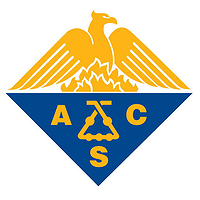The discharged state affects the charge transfer resistance of lithium-ion secondary batteries (LIBs), which is referred to as the depth of discharge (DOD). To understand the intrinsic charge/discharge property of LIBs, the DOD-dependent charge transfer resistance at the solid-liquid interface is required. However, in a general composite electrode, the conductive additive and organic polymeric binder are unevenly distributed, resulting in a complicated electron conduction/ion conduction path. As a result, estimating the DOD-dependent rate-determining factor of LIBs is difficult. In contrast, in micro/nanoscale electrochemical measurements, the primary or secondary particle is evaluated without using a conductive additive and providing an ideal mass transport condition. To control the DOD state of a single LiFePO4 active material and evaluate the DOD-dependent charge transfer kinetic parameters, we use scanning electrochemical cell microscopy (SECCM), which uses a micropipette to form an electrochemical cell on a sample surface. The difference in charge transfer resistance at the solid-liquid interface depending on the DOD state and electrolyte solution could be confirmed using SECCM.

Characterization of the Depth of Discharge-Dependent Charge Transfer Resistance of a Single LiFePO4 Particle
Review badges
0 pre-pub reviews
0 post-pub reviews

